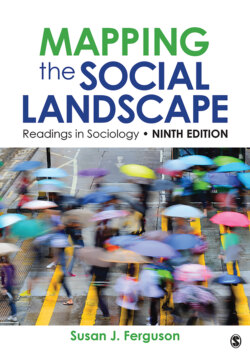Читать книгу Mapping the Social Landscape - Группа авторов - Страница 108
На сайте Литреса книга снята с продажи.
Using Racial and Ethnic Concepts to Exclude
ОглавлениеUsing the playhouse to bake pretend muffins, Rita (3.5: White/Latina) and Sarah (4: White) have all the muffin tins. Elizabeth (3.5: Asian/Chinese), attempting to join them, stands at the playhouse door and asks if she can play. Rita shakes her head vigorously, saying, No, only people who can speak Spanish can come in. Elizabeth frowns and says, I can come in. Rita counters, Can you speak Spanish? Elizabeth shakes her head no, and Rita repeats, Well, then you aren’t allowed in.
Elizabeth frowns deeply and asks Debi to intercede by telling her: Rita is being mean to me. Acting within the child-initiated framework, Debi asks Rita, If only people who speak Spanish are allowed, then how come Sarah can play? Can you speak Spanish, Sarah? Sarah shakes her head no. Sarah can’t speak Spanish and she is playing, Debi says to Rita, without suggesting she allow Elizabeth in. Rita frowns, amending her statement: OK, only people who speak either Spanish or English. That’s great! Debi responds, because Elizabeth speaks English and she wants to play with you guys. Rita’s frown deepens. No, she says. Debi queries, But you just said people who speak English can play. Can’t you decide? Rita gazes at Debi, thinking hard. Well, Rita says triumphantly, only people who speak two languages.
Elizabeth is waiting patiently for Debi to make Rita let her play, which Debi has no intention of doing. Debi then asks Rita: Well, Elizabeth speaks two languages, don’t you, Elizabeth? Debi looks at Elizabeth, who now is smiling for the first time. Rita is stumped for a moment, then retorts, She does not. She speaks only English. Debi smiles at Rita: She does speak two languages—English and Chinese. Don’t you? Debi invites Elizabeth into the conversation. Elizabeth nods vigorously. However, Rita turns away and says to Sarah, Let’s go to the store and get more stuff.
Language was the ethnic marker here. Rita defined rules for entering play on the basis of language—she was aware that each child not only did not look like the others but also spoke a different language. From a traditional Piagetian perspective, Rita might be seen as egocentric and strongly resistant to alternative views. However, here we see the crucial importance of the social-cultural context, in particular the development of racial and ethnic concepts in a collaborative and interpersonal context. Defending her rules, Rita realized her attempts to exclude Elizabeth by requiring two languages had failed. This three-year-old child had created a social rule based on a significant understanding of ethnic markers. The final “two languages” rule did not acknowledge the fact that Sarah only spoke English. Rita’s choice of language as an exclusionary device was directed at preventing Elizabeth from entering, not at maintaining a bilingual play space….
